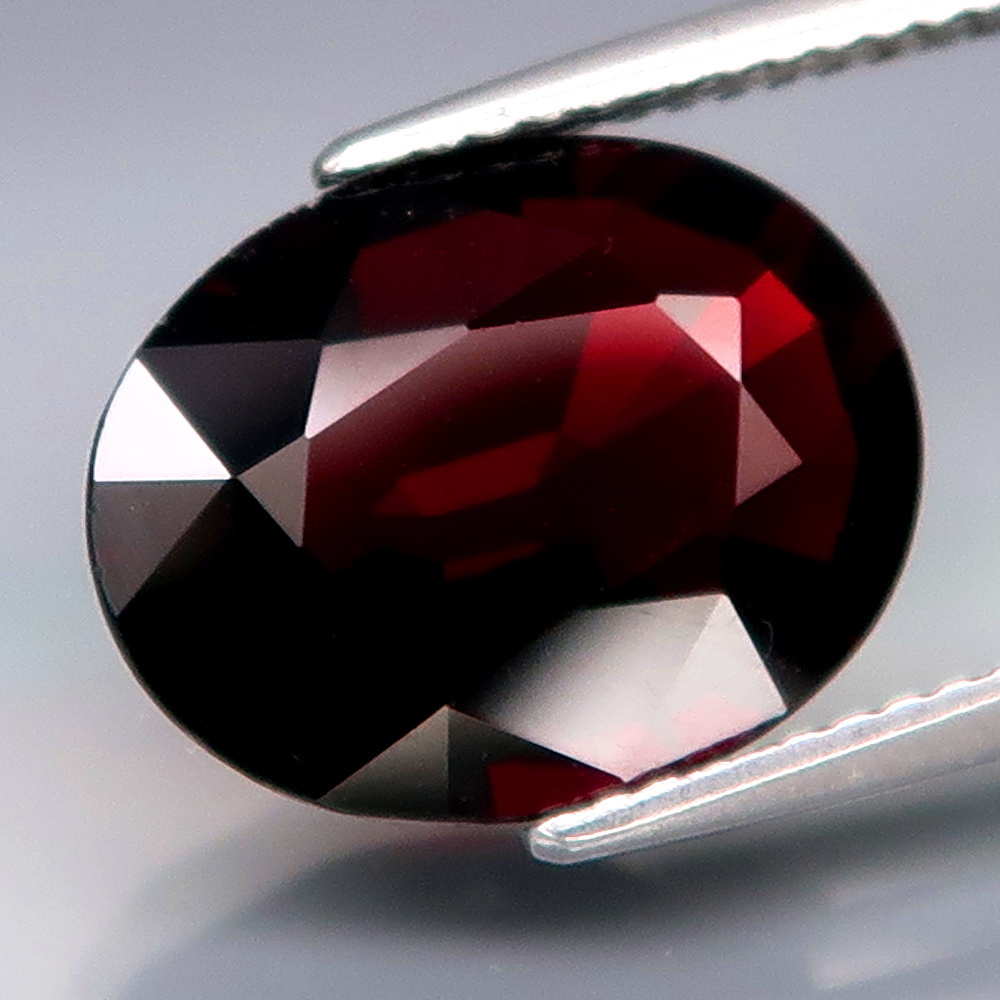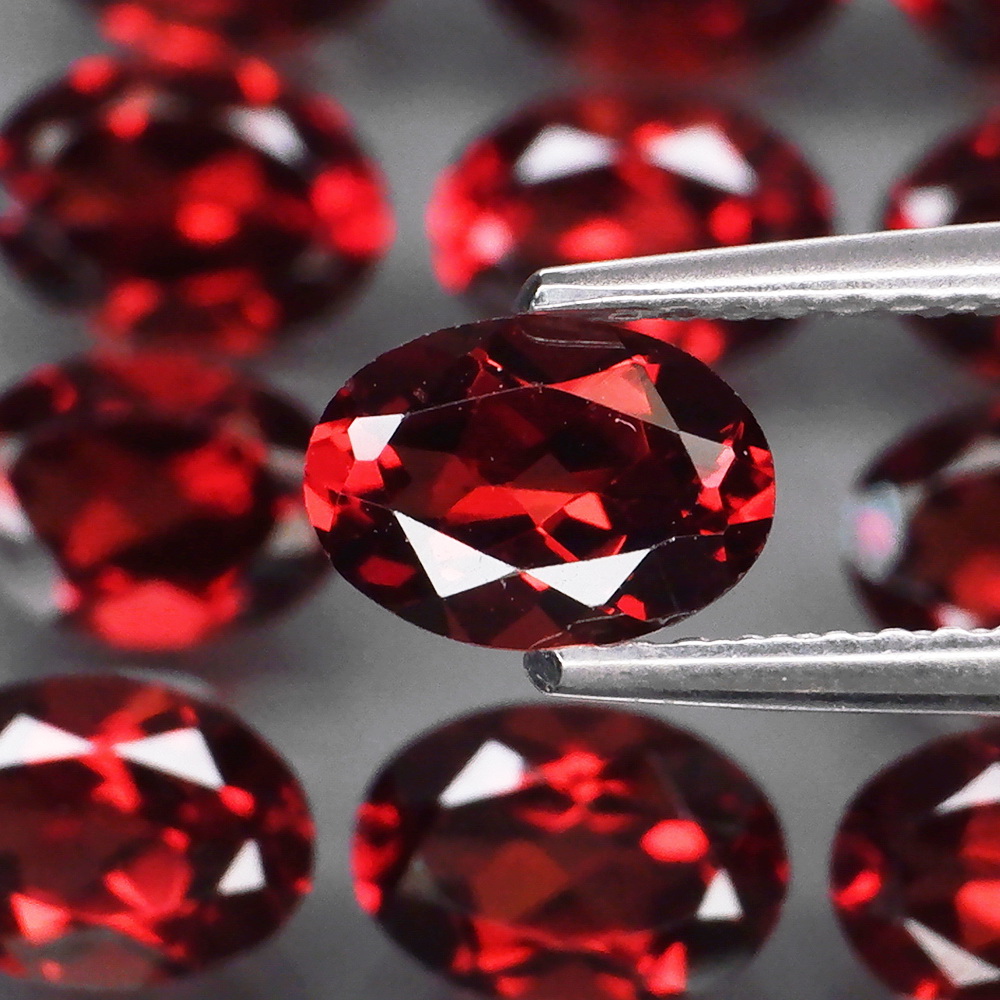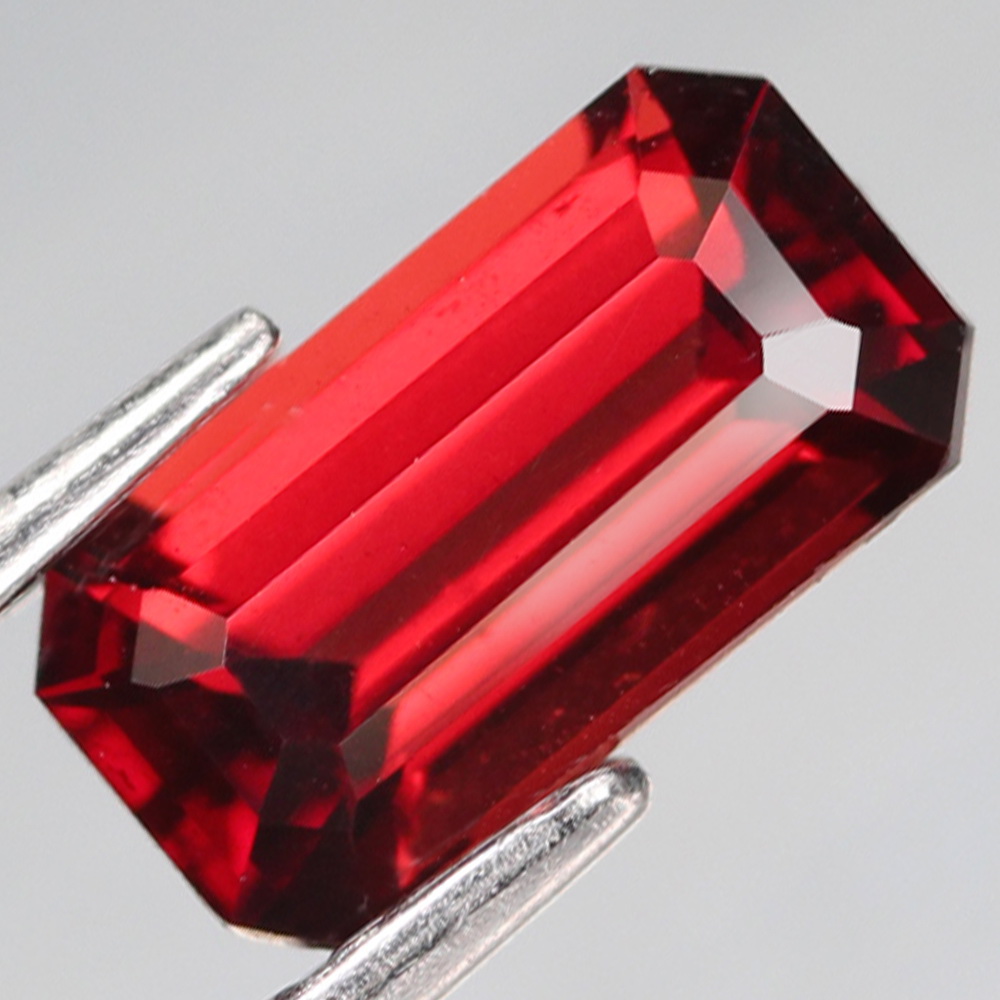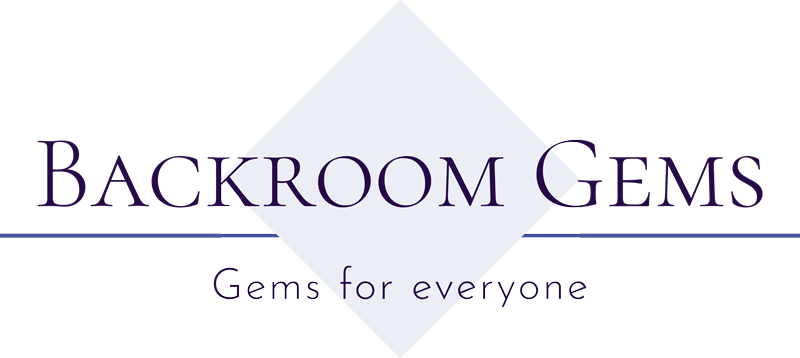Garnet



The word garnet comes from the 14th-century Middle English word gernet, meaning ‘dark red’. Although it is generally associated with that dark red or red violet hue, garnet species are found in every color with blue being the rarest having been first reported in the 1990s. The garnet family is one of the most complex in the gem world. This is because it is not a single species, but rather is composed of multiple species and varieties; including pyrope, almandine, spessartine, grossular (varieties of which are hessonite or cinnamon-stone and tsavorite), uvarovite and andradite. The largest mine of garnet in the world is located in New York and is operated by Barton Mines Corporation who supplies about 90% of the world’s garnet. Since ancient times, garnet’s traditional red color was associated with the heart and blood. Because of this, people believed garnets possessed the power to counter melancholy, compel the heart to great deeds, prevent hemorrhage, and improve circulation. In Persia garnets were considered a talisman from nature’s forces like storms and lightning. It was thought that garnet could signal approaching danger by turning pale.
Nerd Stuff
- Birthstone Month: January
- Mineral Family: Silicate
- Crystal System: Isometric
- Chemical Formula: X3Y2(SiO4)3
- Hardness: 6.5—7
- Luster: Vitreous
- Transparency: Transparent to Opaque
- Color(s): All colors (blue is rarest)
- Refractive Index: 1.72 to 1.94
- Specific Gravity: 3.1-4.3
Hippie Stuff
Metaphysical Properties
- Physical Benefits: Strengthens heart and liver, stimulates metabolism, increases sex drive.
- Psychological Benefits: Provides courage and comfort, encourages kindness and nobility, stimulates enthusiasm and creativity.
- Spiritual Benefits: Promotes success, attracts true love, purifies aura.
Shopping for garnet? Visit our Garnet Page today!
